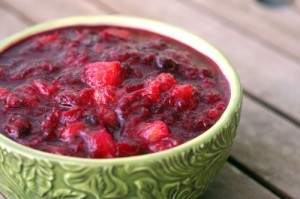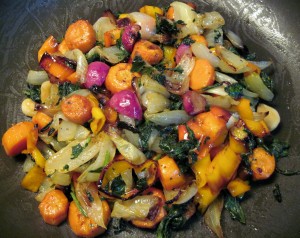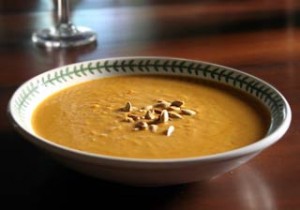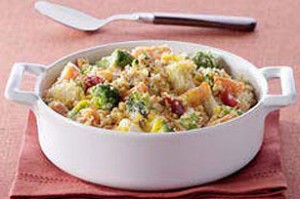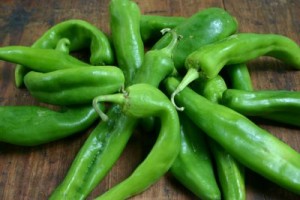Ingredients
- 2 (8-ounce) packages cranberries, fresh or frozen
- 1 orange, zest cut into strips and juiced
- ¼ cup stevia powder (check for sweetness, can add more)
- 1 teas. vanilla
- 1 cinnamon stick (optional)
Directions
Put all the ingredients into a saucepan over medium heat and simmer until the cranberries burst and the sauce thickens, about 15 to 20 minutes. Serve at room temperature or cool and refrigerate. Remove the cinnamon stick before serving.
Nutrition
We all know that cranberries are high in anitoxidants. They are also a good source of Vitamin C, E and K.
Stevia is a natural sweetener that is not full of chemicals like Splenda or Nutra Sweet. I recommend the Sweet Leaf variety for purity. It has no calories and is not acidic like sugar.
